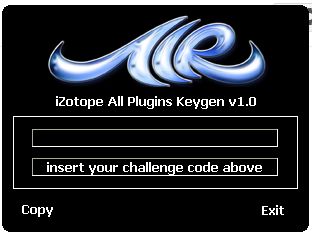Scratch Live Usb Buffer Size
I own a Macbook pro 2013, i5 processor, 8 gb ram. Mac OSX 10.10.2.
running latest version of Serato DJ.
Since owning the unit I have found audio will drop out. Sometimes for just a second or less. It also tends to freeze after an hour or so mixing. I have to fully restart the unit and software.
I use DVS and NS7 II I am able to run it at quite low buffer size with those around 2ms generally.
With the NV I have to have it at at least 5ms or audio sounds terrible and crackly.
But even at 5ms still experience the drop outs.
I would rather not set the buffer any higher if possible.
I don't have corrupt files, tried various usb cables and still the problem remains.
It is very random and hard to replicate but I can't trust the unit playing out if its going to cut out even once.
Any ideas on this one?
Jan 21, 2020 In this situation, you would set the buffer size as high as it will go. Some people like to set the buffer size somewhere in the middle and forget about it. I like to adjust the buffer size depending on the situation. A higher bit depth and sample rate can be very beneficial, but there are downsides.
I've worked with tape and ADAT in the past, but have been out of recording for a few years. I'm just getting back into it and have got my first computer recording setup, with a PC and a Focusrite Saffire Pro 40 audio interface, but I'm confused by the buffer settings: what buffer size should I use in my projects?
- Sep 15, 2016 How To Fix Glitches & Audio Dropouts in Serato. Statis spends this vlog installment attempting to fix the issues he encountered at a club the other night on his mac where the audio started.
- Rane SERATO SL 1 Pdf User Manuals. View online or download Rane SERATO SL 1 User Manual.
Dom Gately, via email
SOS Reviews Editor Matt Houghton replies: When it comes to buffer settings, there's a trade‑off between achieving low latency and reducing the strain on your computer's CPU. The smaller the buffer size, the greater the burden placed on your CPU, but you'll get lower latencies (for less audible delay), which is what you want when monitoring recordings through your sequencer and any processing. Similarly, the greater the buffer size, the greater the latency, but with less strain being placed on the CPU. If the latency is too low, you'll hear pops, clicks and glitches as your computer struggles to keep up. You're not doing any damage, so if you need low latency, try setting it down as low as you can until you hear those glitches and then raise it up a little. The smaller the buffer size, the greater the strain on your computer, though you'll experience less latency. Vestax djay tablet adapter download. If you need low latency, set the buffer size as small as your computer can manage without producing clicks and pops.
When mixing, you're likely to need more processing power as you start to add more and more plug‑ins. So if starting a project from scratch, I'd usually set buffer size as low as possible while recording or playing parts via a MIDI keyboard, but increase it later, when the recording was finished and I was ready to begin mixing in earnest. It's also worth mentioning that, while tracking, it should be fine to use a 'lite' version of a reverb plug‑in for artist monitoring duties, if this helps take the strain off your CPU, and replace it later on when you want to sculpt the sound for your mix.
Live Usb Xp
SOS Features Editor Sam Inglis adds: It's not clear from the question what sort of recordings you're making. However, unless you're using soft synths or samplers, it might be better to use the Saffire Pro 40's mixer utility to set up a low‑latency monitor mix. That way the question of buffer size becomes largely irrelevant.
